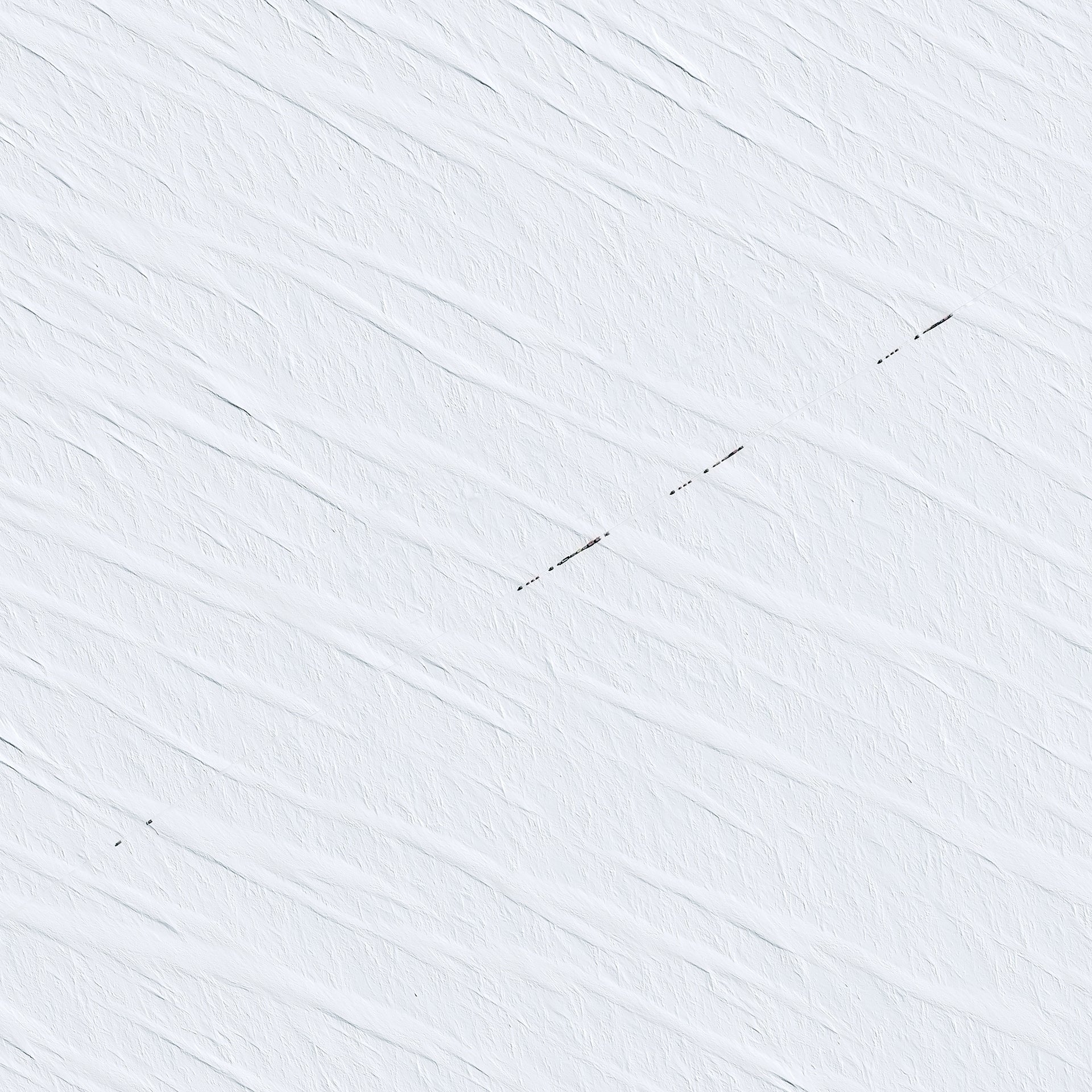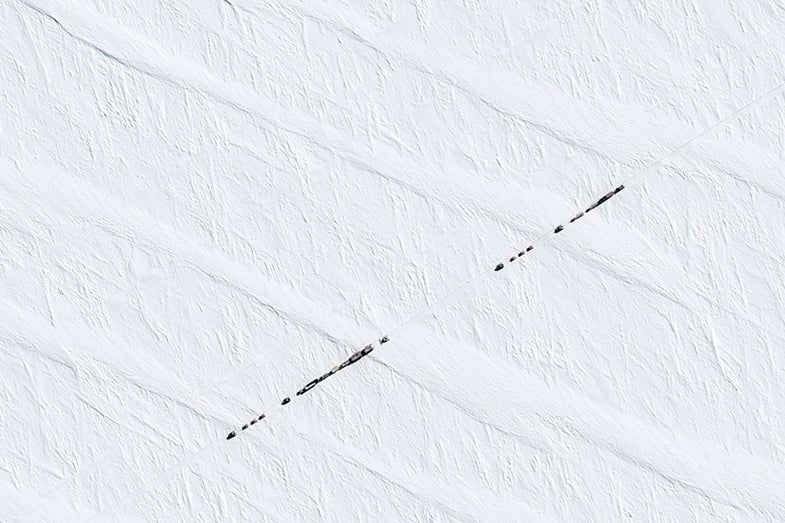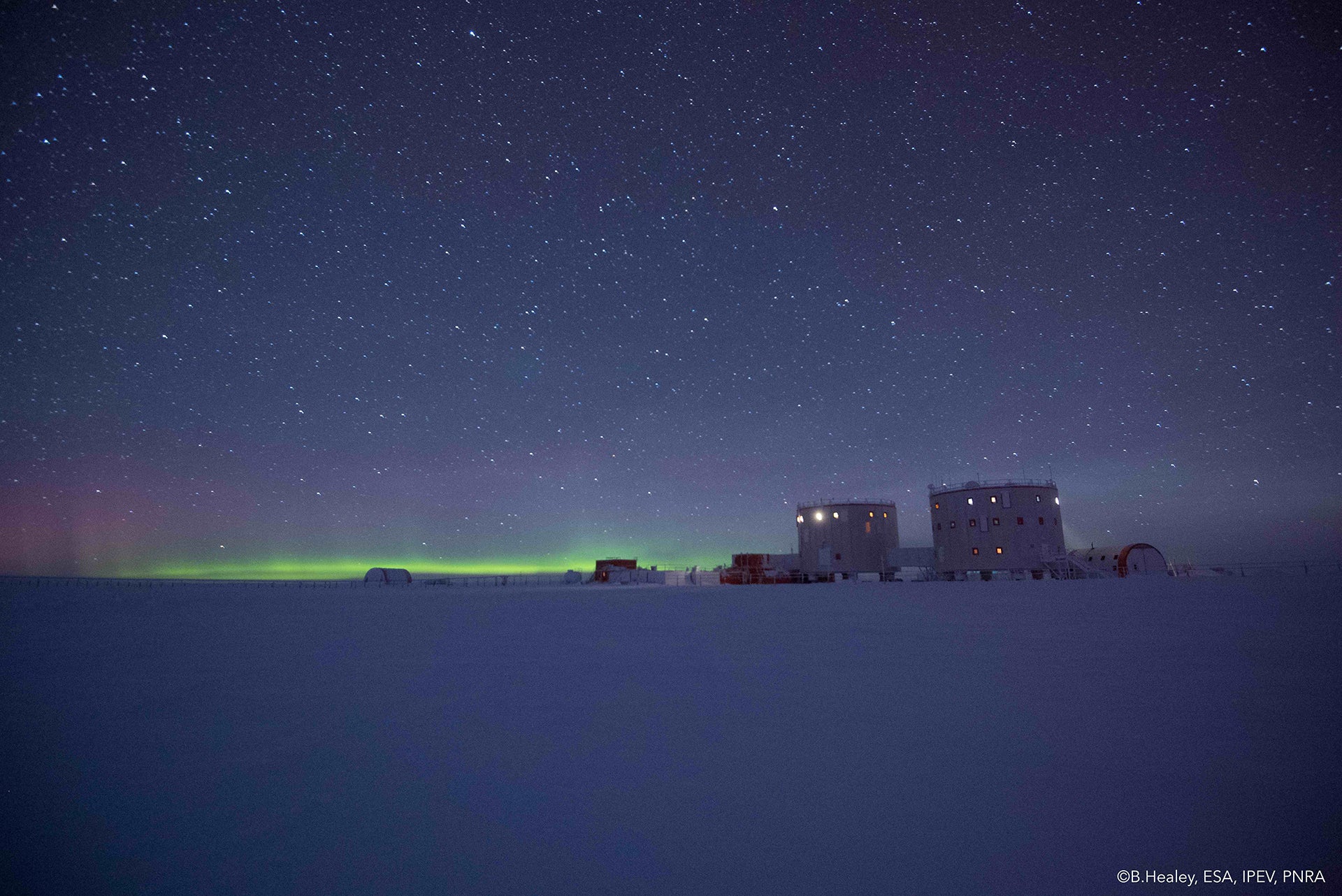A minimalist photo taken from space reveals the incredible isolation of Antarctic researchers on Earth
Concordia Station is a remote Antarctic research center jointly run by France and Italy. It is staffed by dozens of scientists and technicians who work in near isolation, with the next closest station hundreds of miles away.


Concordia Station is a remote Antarctic research center jointly run by France and Italy. It is staffed by dozens of scientists and technicians who work in near isolation, with the next closest station hundreds of miles away.
It is so remote that in order to replenish its supplies, a convoy of containers pulled by a tractor must make a 10 day, 600-plus mile journey across inhospitable terrain dubbed “White Mars.” A recent image from France’s Pleiades space satellite captured the journey, the convoy a tiny black scratch in a massive white expanse.

During Antarctica’s summer, which spans November to February, roughly 60 people live at Concordia Station. It’s during this time that large amounts of supplies need to be delivered before Antarctic winter sets in, bringing with it temperatures as low as -100°F (-73°C).
The staff shrinks down to just about a dozen “winter-overs” during the colder months. While the nearly four months without sunlight are useful for observing space and conducting scientific research, it makes deliveries of needed supplies, not to mention emergency rescues, impossible.

The supply missions, nicknamed ”raids” by the crews and scientists based in Antarctica, originate from Dumont D’Urville, a French-run research station. The convoys are comprised of snow groomers, tractors, and cargo containers fitted with specially fitted skis.